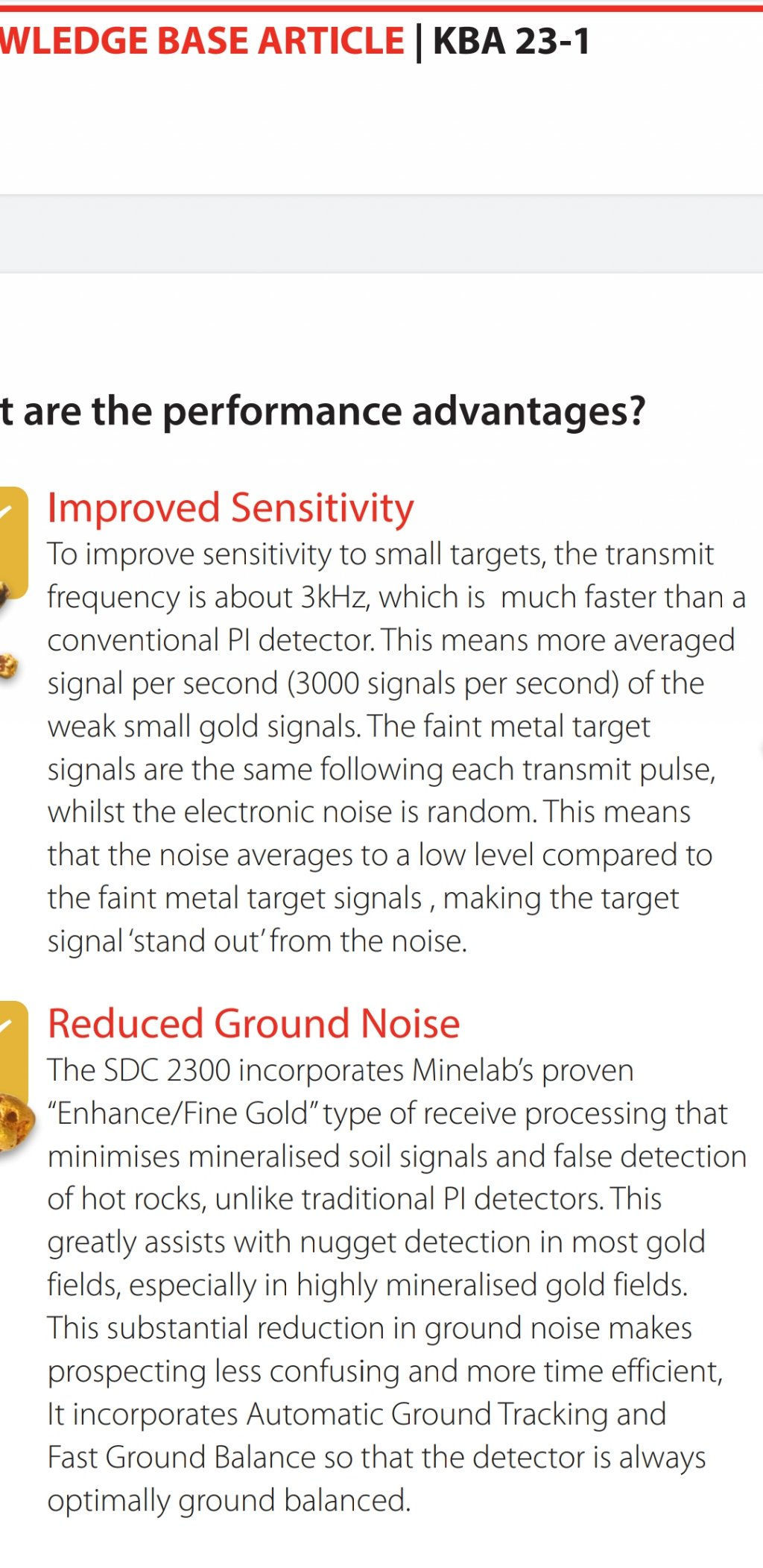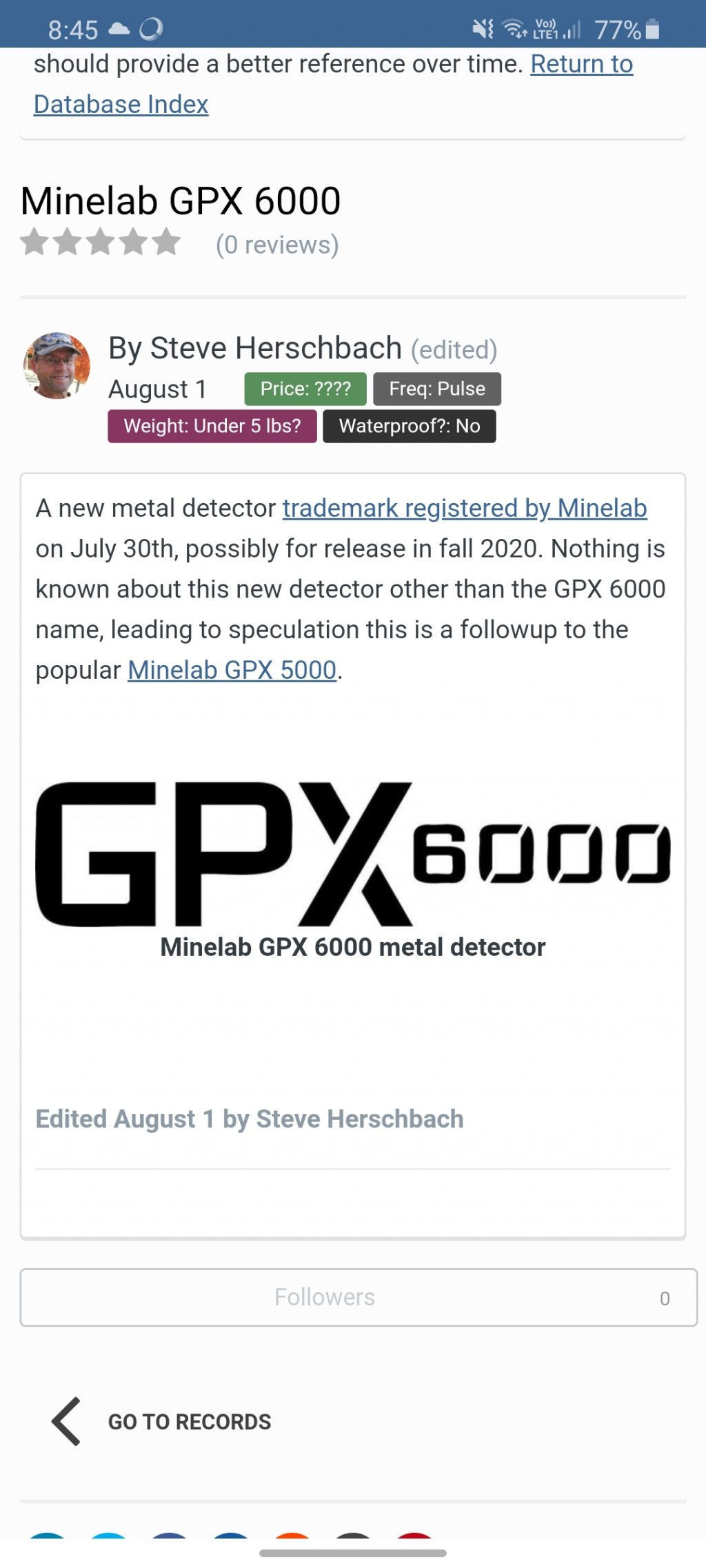- Joined
- Nov 6, 2017
- Messages
- 618
- Reaction score
- 332
mbasko said:rockdev said:
They have 5 products in development for release FY21.
I guess those trademarks could be for 4 of them?
GPX6000 - pretty self explanatory
Guesses:
MF5 - Multi Frequency 5? CTX upgrade?
Geosense PI - Ground Penetrating Radar + PI?
Silversaver Series - low single frequencies (<4khz) & lower multi frequency series aimed specifically at silver/hord hunters?
Keep in mind multiple patents might only be for one machine. For example there would have been patents for gpz 7000, zvt, and gps all patents being for the gpz 7000 release






